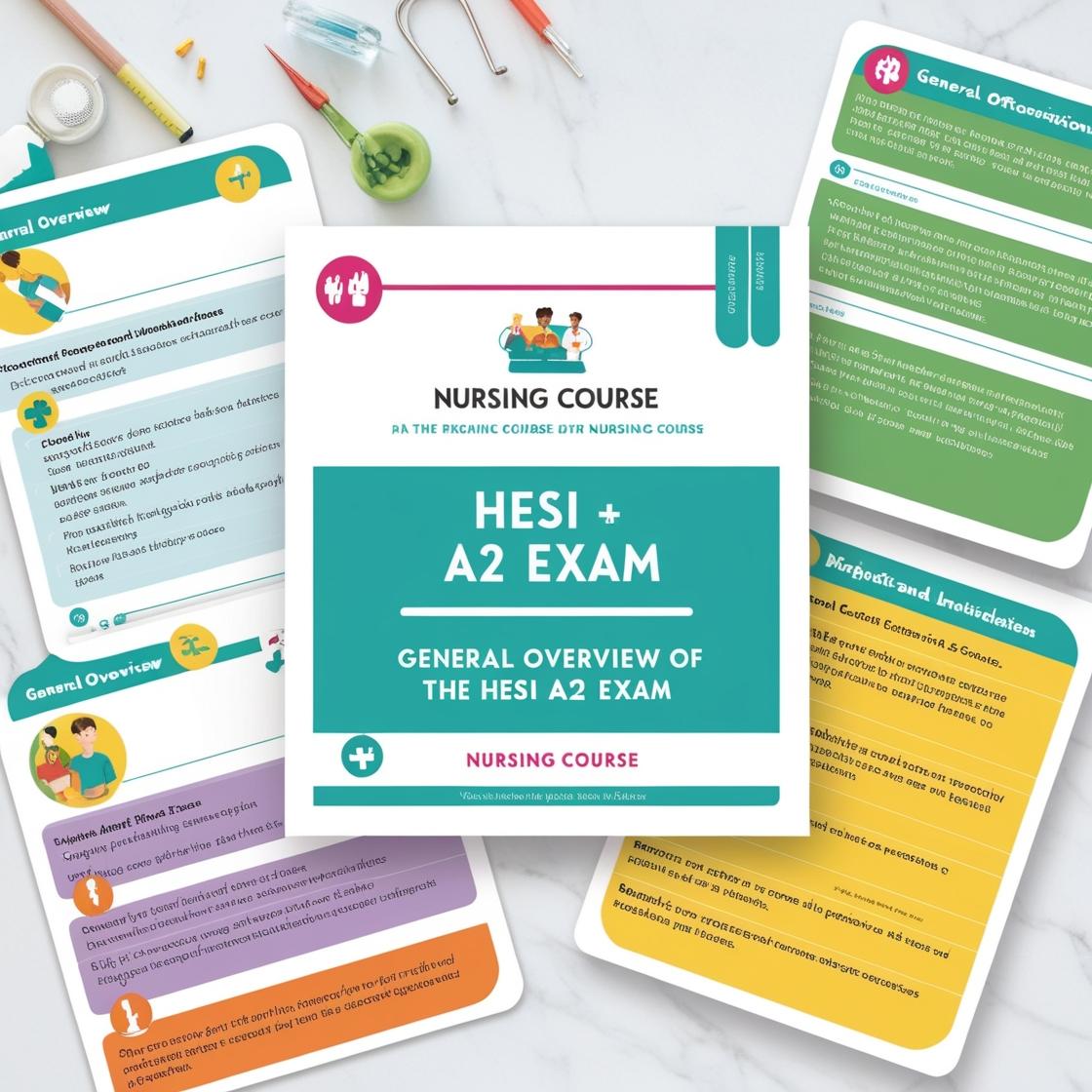HESI A2
Biology HESI A2 Practice Exam
1. Which cells in the human body lack nuclei?
- A. Nerve cells
- B. Red blood cells
- C. Liver cells
- D. Connective tissue cells
Correct answer: B
Rationale: Red blood cells, also known as erythrocytes, lack nuclei in humans. This absence of a nucleus allows more space for hemoglobin, the protein responsible for carrying oxygen, making red blood cells efficient at their function of oxygen transport in the body. Nerve cells (Choice A), liver cells (Choice C), and connective tissue cells (Choice D) all possess nuclei as they require genetic material for their functions, such as cell signaling, protein synthesis, and structural support.
2. Which of these is not an example of a lipid?
- A. Butter
- B. Wax
- C. Canola oil
- D. Honey
Correct answer: D
Rationale: Honey is not an example of a lipid because lipids are fat-related molecules that are insoluble in water, while honey is a natural sweet substance made by bees and primarily consists of sugars such as glucose and fructose. Butter, wax, and canola oil are examples of lipids as they are all composed of fat-related molecules that do not dissolve in water.
3. Which is not part of a nucleic acid?
- A. Sulfate
- B. Phosphate
- C. Carbon
- D. Nitrogen
Correct answer: A
Rationale: Sulfate is not part of a nucleic acid. Nucleic acids, such as DNA and RNA, are composed of nucleotide units, which consist of a phosphate group, a sugar molecule (ribose in RNA and deoxyribose in DNA), and a nitrogenous base. Carbon and nitrogen are essential elements found in nucleic acids, while sulfate is not a component of nucleic acid structure. Therefore, the correct answer is A: Sulfate.
4. Why do gardeners sometimes use salt to get rid of slugs?
- A. The salt moves from the exterior into the slug’s body.
- B. The salt causes water in the slug to move outward.
- C. The salt and slug slime merge to form a new compound.
- D. The salt’s corrosiveness breaks down the slug’s cell walls.
Correct answer: D
Rationale: Gardeners use salt to get rid of slugs because salt is corrosive and breaks down the slug's cell walls. When the slug comes into contact with salt, the salt draws moisture out of the slug's body, causing dehydration and ultimately leading to the slug's death. Choices A, B, and C are incorrect because the primary mechanism of salt in eliminating slugs is its corrosive action on the slug's body, not the movement of salt into the slug's body, outward movement of water in the slug, or merging with slug slime to form a new compound.
5. Bacillus subtilis may be described as ___________.
- A. spiral
- B. globular
- C. rod-shaped
- D. grape-like clusters
Correct answer: C
Rationale: Bacillus subtilis is a rod-shaped bacterium. Its name "Bacillus" refers to its rod-like shape, which is a characteristic feature of this bacteria.
Similar Questions

Access More Features
HESI A2 Basic
$99/ 30 days
- 3,000 Questions with answers
- 30 days access @ $99
HESI A2 Premium
$149.99/ 90 days
- Actual HESI A 2 Questions
- 3,000 questions with answers
- 90 days access @ $149.99
